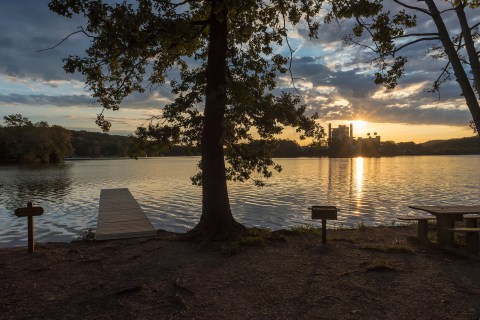Lakeport Plantation In Arkansas Is Filled With Civil War Stories Still Waiting To Be Uncovered
An unassuming Delta treasure lies in Lake Chicot, Arkansas.
It could easily be missed if you aren’t keeping an eye out for the big yellow house sitting quietly on its memories in the middle of a cotton field. It is the last remaining Greek Revival antebellum plantation on the Arkansas stretch of the Mississippi River. It has been in continuous cotton production since the 1830’s.
Lycurgus Johnson came from a prominent Kentucky family who moved to Arkansas and established the Lakeport Plantation in 1831. The house was built during 1858-1859 for his wife, Lydia. Lycurgus and Lydia had 12 children, four of whom died before reaching 3 years of age.
The plantation house covers 8,000 square feet and consists of 17 rooms with 14-foot-tall ceilings, built primarily from cypress trees from the surrounding area. The main doors stand 11-feet-tall. It’s an intimidating, yet beautiful sight.
As is true for most successful cotton plantations from this era, there were slaves who worked the fields. This subject is still painful for many people, including myself, but to ignore this pre-Civil War history would be a hindrance to the progress we have made (and will continue to make). Despite living in this tumultuous era, Lycurgus Johnson was known as a “model man” for his services with freed men and women and developed the reputation of a fair and honest employer with the former slaves who remained with him, as well as those who were looking for work.
Lakeport Plantation remains standing largely due to the preservation efforts of relatives, as well as a man named Sam Epstein Angel. Angel, the grandson of a Jewish immigrant, bought the home from the Johnson family in 1927 and donated the plantation to Arkansas State University. During reconstruction by the university, numerous items were found hidden behind the fireplace mantles, including postcards, Christmas cards, hair pins, buttons, and toys, each of which tells a story.
My husband and I stood here in the quiet after our tour. We look at the big house, having heard the historical account of its past and wonder what this history sounded when it was actually being made. There is another story as to why the home was not destroyed during the Civil War, as was intended. It is a story that can only be known to those who lived it, who saw more of what happened here than the outsiders just passing through could have possibly understood.




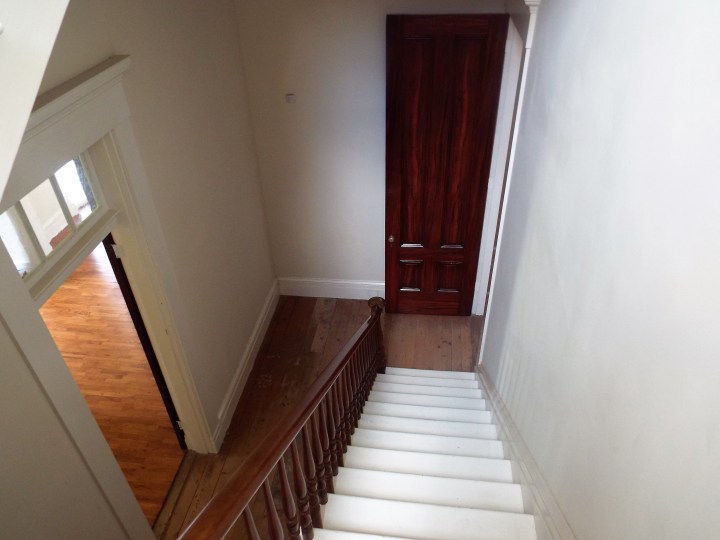

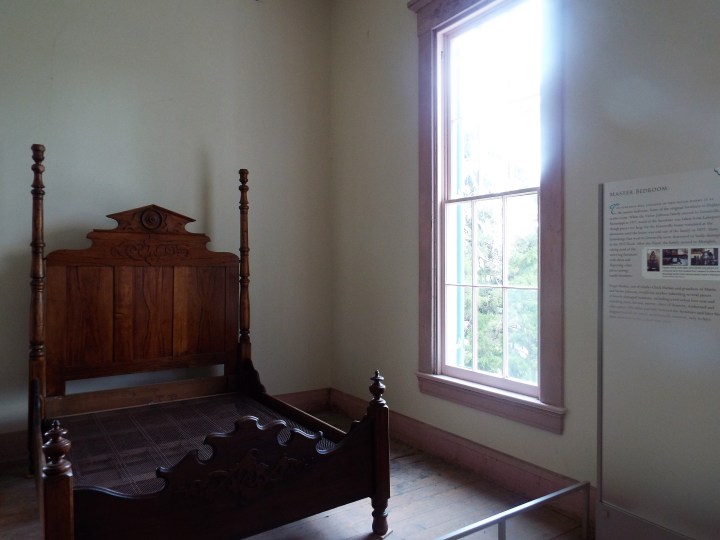



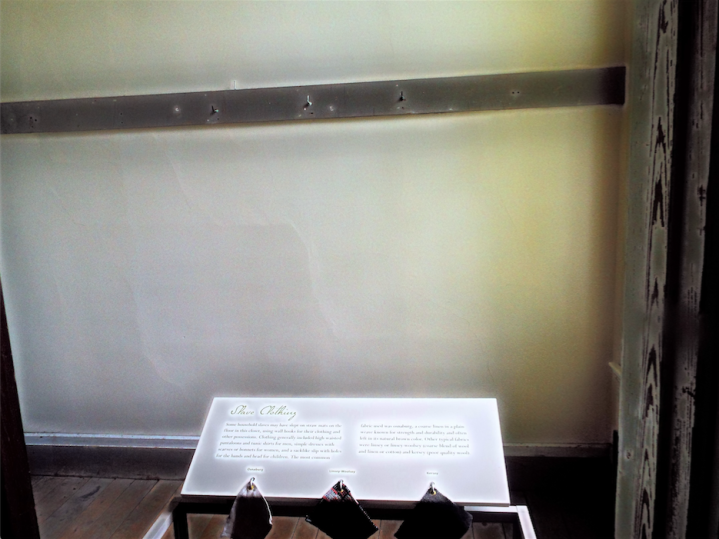

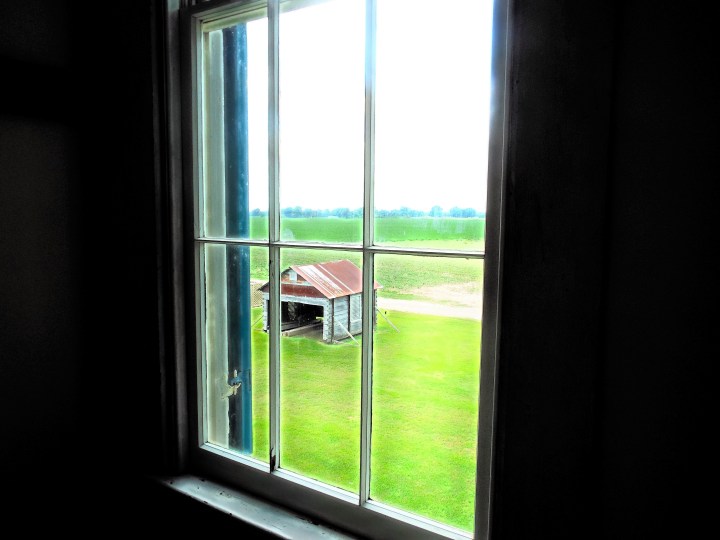
"Oh, Miss Wright,
Why don't you ring that bell?
Oh, Miss Wright,
Why don't you ring that bell?
I can tell
The way those greens smell."



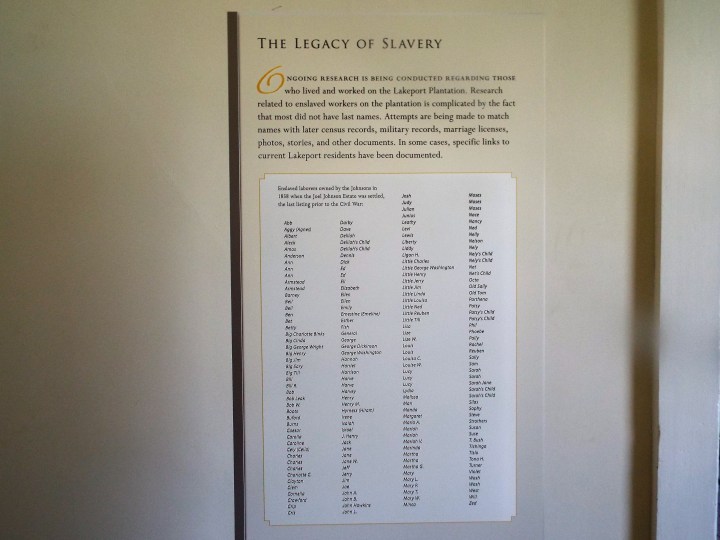
This plantation house still has her secrets. There is nothing to hear now but a mockingbird and the occasional traffic. I wonder if she still hears the songs of the slaves working the cotton fields. I wonder if she remembers the smell of smoked ham and biscuits in the morning, or the sweet smell of an afternoon rain shower so desperately needed for the cotton crops. Does she still hear the bell that ruled the lives of those who lived here? Is she still shaken by the booms from the battlefield? Does she still feel the suffering that happened here?
We will never know everything that this historic house holds so tightly, as she has only revealed a few choice memories. The rest she keeps for herself, and I’m pretty sure there will always be new stories to uncover.
OnlyInYourState may earn compensation through affiliate links in this article. As an Amazon Associate, we earn from qualifying purchases.


